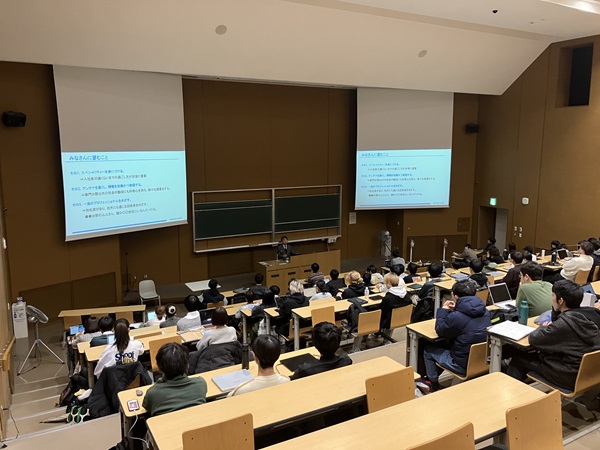No.10 September 2013 Feature article
Words that are associated with and preceded by ‘smart’ are now prevalent. Several definitions can be found for the word ‘smart’ in the dictionary. The current trend of usage for ‘smart’ seems to be focused on conveying the sense of information processing functions. In the infrastructure industry, words such as ‘smart infrastructure’ and ‘smart city’ are gaining traction. Given the constant advancements in information technology, the demand for the use of information technology in constructing better infrastructure is likely to increase. Meanwhile, the authorities responsible for urban transport systems have been collecting data and utilising these to improve their planning and operations since the old days. Data from person trip surveys and traffic control systems of urban expressways have been collected and utilised since the 1960s. However, the methodologies used at the time are rarely referred to as ‘smart’. Nevertheless, prior attempts at efficient planning and system operations based on collected data do not much differ from those conducted using today’s smart technologies. Additionally, data and know-how accumulated in the past may have high value and should be taken into account when creating smart infrastructure in the future. This feature article presents smart technologies and empirical experiments in urban transport systems as examples of smart infrastructure. Examples of various cases over the past, present, and near future are selected to introduce how urban transport systems have become ‘smart’. Recent improvements in smart infrastructure and urban transport systems have not instantaneously occurred. Tracing the history of technological improvement is necessary to understand its potential application in the future. In the following articles, we hope to motivate readers to consider the future of smart infrastructure.

